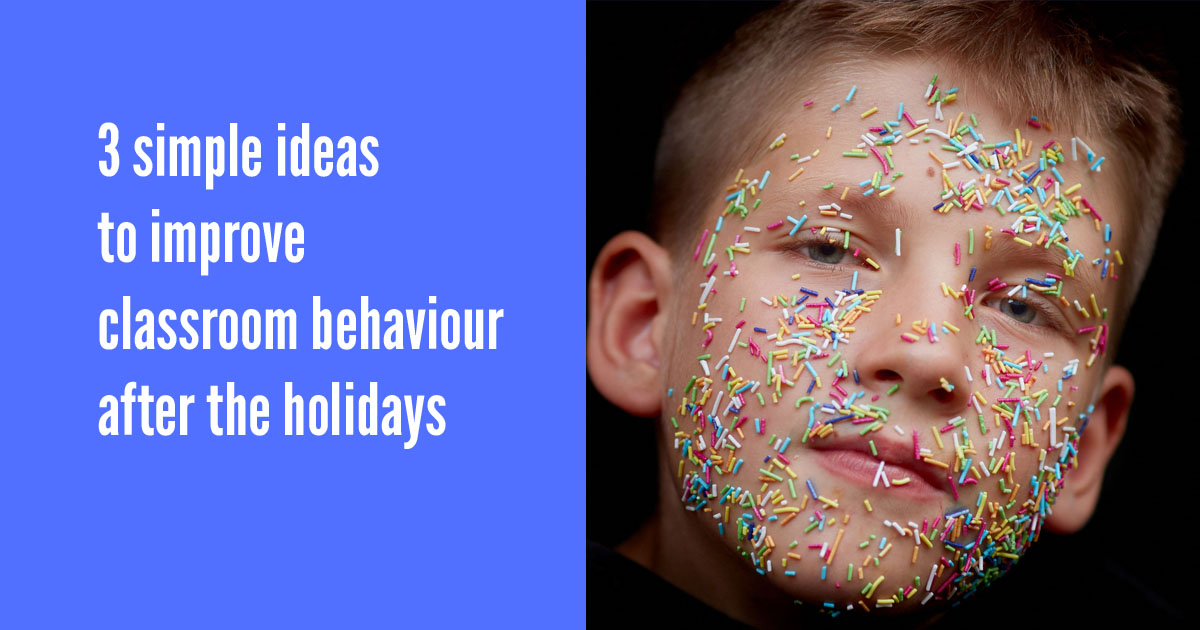They say that you never get a second chance to make a first impression.
That’s why it’s important when your new class walks through the door on the first day of term that you project the image of a teacher who is calm, positive and assertive. Whether you get it right or wrong, you’ll feel the impact of your actions for the rest of the year.
So how do you get it right? Here are three simple ideas to help set the right tone in September.
Be attentive
Make sure your entire attention is focused on the children as they walk into the room for the first time. Try to make eye contact with each and every student as they enter. Smile, and help them quickly find their places.
Here’s why:
- Making eye contact lets the children know that their actions are being monitored from the moment they enter the classroom.
- Smiling conveys confidence, improves the tone of your voice and allays any fears less confident children may have about meeting their new teacher.
- By helping children find their places as quickly as possible, you stop noisy crowds developing around the room that later have to be dispersed.
Develop a set of shared rules
As one of your first activities, get your pupils to articulate what the classroom rules should be, why they apply to everyone and why they are needed (eg. we put our hand up to speak to the teacher, because if everyone shouts out, no one gets heard).
Here’s the ulterior motive:
- Psychology tells us that you are much more likely to follow a rule you have devised yourself than one imposed externally.
Of course, you’ll be using skilful questioning to make sure the rules they agree on are reasonable and positively worded – and consistent with your school’s behaviour policy.
Plan for your first encounter
At some point during the day, a pupil may challenge the rules. This is a defining moment: your class will watch how you intervene and they’ll make a snap judgement about the strength of your behaviour management.
For good or bad, this judgement will be very hard to reshape. It will affect how hard your students will work, how seriously they take your word, and what they believe they can get away with. They will communicate this to their parents.
So, no pressure then!
The secret is to think ahead and plan how you will handle this first intervention – don’t just improvise a response on the day.
If it helps, think about a teacher you admire and imagine what they would do.
And don’t just think about what you’ll say, but how you’ll say it, and the body language you’ll adopt as you speak. That way, when the first student shouts out, or pushes into the line, you’ll be ready to handle the incident fairly and firmly.
Approaches like, “Tommy, I’m glad you’ve done X, because it gives me the chance to explain what happens in my classroom when the rules are broken,” can be effective.
It converts a potential conflict into a teaching opportunity, shows that you aren’t threatened by inappropriate behaviour and demonstrates you’ll challenge those behaviours when they occur.

